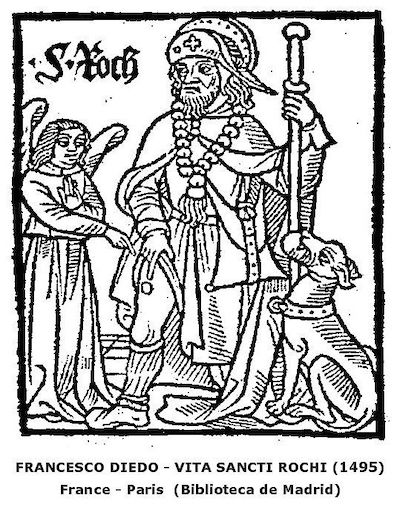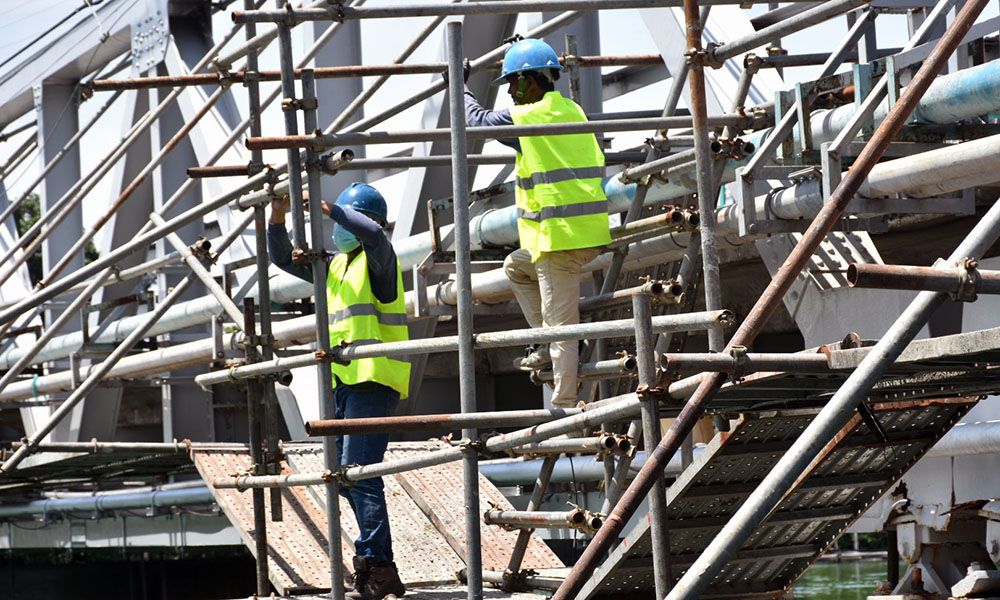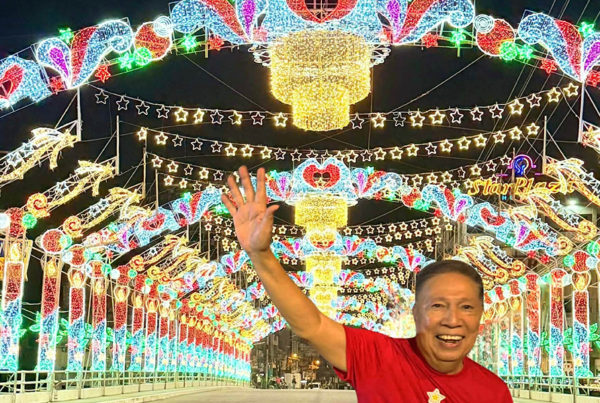Viva San Roque!

By Rex Catubig
\BEFORE an infamous dam lent a bad reputation to the name, making it synonymous to being a harbinger of catastrophe as opposed to its religious significance of being a beneficent healer of sickness, San Roque had been, and remains a revered patron saint of my beloved barrio Calmay. He is portrayed holding up the hem of his garment to show a wound on his thigh, with a dog by his side.
For nine consecutive days, ending on his feast day on August 16th, the nondescript, small rectangular wooden structure called “Ermita” with loose clay ground for its floor, would clang the chapel bell at around three in the afternoon to summon the residents to take part in the novena led by the elderly women dubbed as “Managpoon“.
The continual clanking of the bells would wake us up from our imposed afternoon “painawa” or “lirep“, and send us running, sans wooden clogs or “suekos“, to the chapel—leaving a trail of dust along the way. The excitement was not really prompted by religious fervor, but more by the anticipated joy of getting handfuls of “galletas“, those round white sugar cookies, which were doled out from bags pasted from torn pages of newspaper, as reward for our coming and singing supplication at the top of our lungs.
 On cue after the novena prayer, we would outdo one another in shouting in sing-song fashion the refrain:
On cue after the novena prayer, we would outdo one another in shouting in sing-song fashion the refrain:
“Ilaban mo kami pa, San Roque,
Ed talbay sakit ya onsabi!”
And with outstretched cupped hands, we would jostle one another to the front of the makeshift altar to claim our share of the heaven-sent cookies.
Just then, it would start drizzling, and we would run rushing back to our houses, feeling blessed, of course, but in truth, “apaet” or parched, and just wanting to wash down the crumbly powdery cookies that we stuffed our mouths full, with a drink of cool water from the “buyog” or earthen jar.
The scene would play back itself for nine afternoons, rain or shine, culminating with a “libot” or procession along the gravelly road–towards north or “Kailokoan”, then doing a ‘uey’ westward or “Sagor”, and finally back to the “basketbolan” where the chapel stood.
Thereafter, as the monsoon brought more rainfall, we would revel in bathing in the heavy downpour, drenching our heads and frail bodies in the waterfall from bamboo gutters of the nipa roofed houses.
It is said that bathing in the rain is cleansing . It washes away sickness as it reinvigorates spiritual health.
Whatever it does, it is undoubtedly one wondrous purification ritual of our barrio childhood—whose spell, when we feel downhearted and soul-weary, re-echoes that vibrant plea for deliverance:
“Ilaban mo kami pa San Roque
Ed talbay sakit’a onsabi!”








